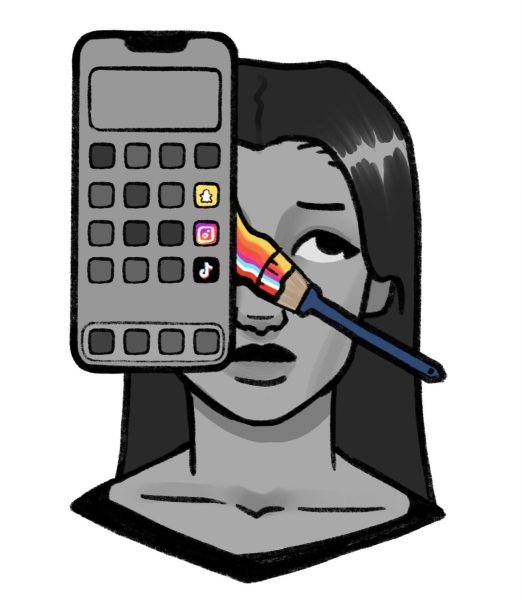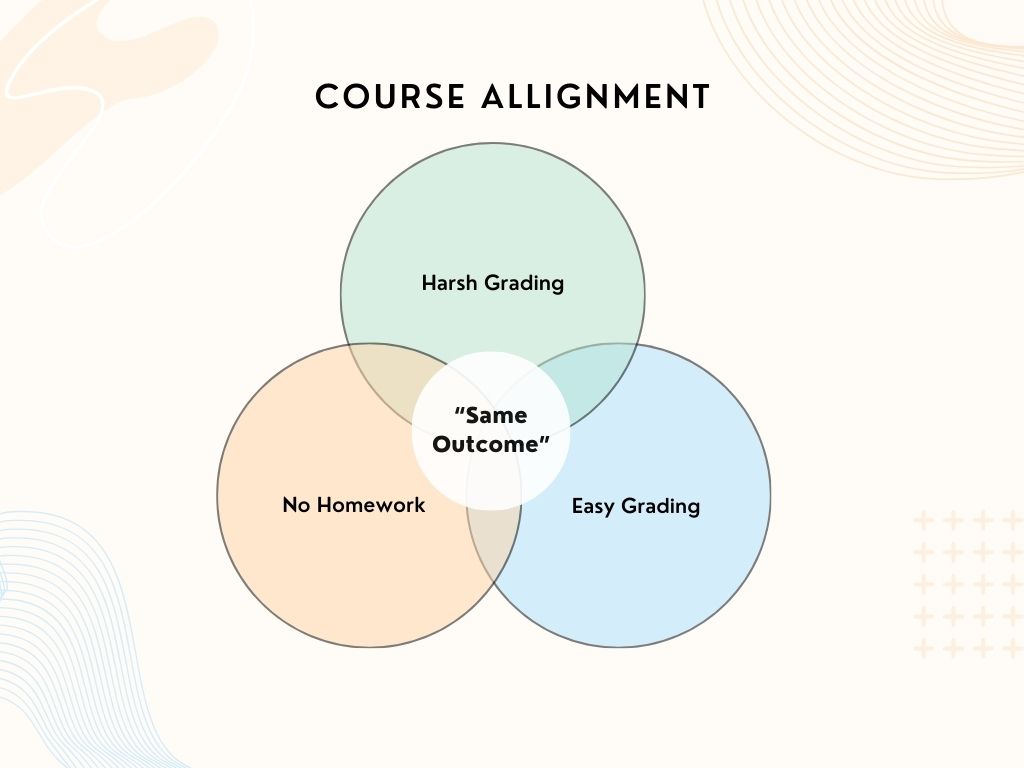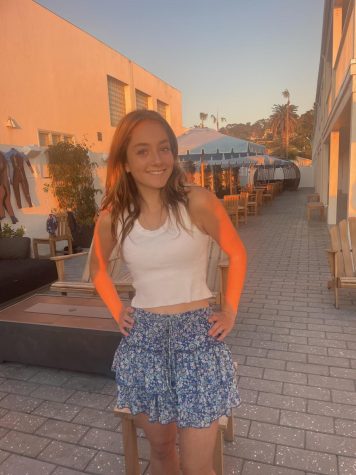
According to a study by the skincare company Curology, 72 percent of teen girls report feeling the pressure to look “perfect” by beauty standards on social media. These standards are set by trends like the “clean girl” aesthetic and others, by promoting clear skin and a thin body. Teens are highly impressionable and easily susceptible to influences on social media. As teens grow in their developmental stage, how they view themselves is critical. According to Frances Jensen, an HMS professor of neurology, the adolescent brain is only “80 percent developed.” By comparing themselves to an ideal look based on the current trends social media promotes regarding their face and body, teenagers often fall victim to various mental health problems, including depression, isolation and eating disorders.
Social media shapes a variety of beauty trends, not all of which have negative impacts, but remain widely influential. The most popular beauty products at Sephora are those popularized on TikTok, such as Rare Beauty and Drunk Elephant. Kristal Ganatra, a senior merchandise planner for the Sephora Collection, noticed certain brands and products fly off the shelves after gaining popularity on TikTok or other social media platforms.
“I’ve heard a lot about the younger generation being focused on clean beauty. Rare Beauty by Selena Gomez was huge for us last year. Clean skincare has been really big, too,” Ganatra said.
Due to social media, Ganatra has noticed an influx of high school students investing heavily in makeup and skincare they do not necessarily need. According to LendingTree, a corporation specializing in market value, 64 percent of the Generation Z (Gen Z) population agrees that social media has contributed to their spending more on beauty products. Many buy products to transform their face to mirror what they see on social media. For example, the “clean girl” aesthetic promotes minimalist makeup and a clean look. This entails clear, glowy skin, which not all teen girls have, making some feel insecure. So, rather than seeing their own individual beauty, many girls who don’t naturally have these features feel they must adhere to these standards by forcing themselves into a mold not fit for their individual self. The “clean girl” aesthetic can influence a certain look for the face and promote a thin body.
Design by Elsa Johnson
Magdalena Maguire, the Redwood Wellness Coordinator, often works with students who view themselves negatively as they compare themselves to an ideal appearance that social media advertises. This constant comparison negatively impacts their mental health.
“It’s human nature. It’s hard to not compare yourself to what you’re seeing and what you are told is the right way to look. [I hear many students say,] on top of the stress that I have from classes and grades and sports, [I also feel] I’m not pretty enough. Everyone online is prettier and better,” Maguire said.
According to a recent Bark survey, 55 percent of students felt they had to change at least one of their features because it didn’t fit the standard beauty norms, and 71 percent of students reported that social media affects their body image. Therefore, the pressure to conform to the bombardment of information from social media about what is pretty or ideal is a key source of social validation.
This pressure to look thin can manifest itself in ways that can threaten the health of many teens. Yoon Kee, a registered dietitian and mother of three girls, believes that some trends on social media can force people, especially teens, to develop an unhealthy relationship with food and their body image. She also explains that social media pressures teens to look thin. However, many influencers and trends portray images that are often distorted to fit an unrealistic ideal appearance, causing people to try to achieve the unachievable. Additionally, some influencers promote a certain lifestyle as they boast about what they eat daily and what products they use. However, what works for one person may not work for another.
Although Kee is not currently working as a registered dietitian, in her work with younger people, she has found girls at the age of 12 or 13 who already have an unhealthy relationship with food. This type of scenario often occurs due to influences from trusted role models in the household or by social media. Regardless, in this case, because of a lack of understanding of nutrition and health, the girls’ perceptions of food became tainted in ways that significantly harmed their relationship with this thing they need to survive, and therefore had to seek professional help.
Social media is a main reason why some people have an unclear and morphed understanding of their body image. Kee mentions how this is especially prevalent as adolescents grow throughout puberty.
“Perhaps they are noticing that their body’s changing because they’re going through puberty. And then they would see images, and think, ‘Oh, my gosh, my body doesn’t look like that’,” Kee said.
Additionally, she understands that the uniformity of Redwood’s beauty culture stems from the social validation of participating in TikTok and other social media trends. This is a stress-inducing concept that many young teens struggle with. According to the Mental Health Foundation, in a survey of young people aged 13–19, 35 percent said their body image causes them to “often” or “always” worry. At the same time, social media has many positive aspects, such as the ability to connect with larger, more diverse groups of people. The portrayal of the ideal outward appearance inevitably causes constant comparison and the internalized need to change.
Design by Elsa Johnson
If the current negative self-image persists in shaping young minds, it is more likely that the associated negative consequences will continue throughout their lifetime. Kee says many people tie their health to a certain body weight. Seeing exclusively thin influencers distorts their perception of what is healthy and happy. However, Kee explains that a specific body weight cannot determine healthiness.
“You are the healthiest when you have the most energy. Perhaps being healthy means you sleep well. Healthy can also mean that you stay physically active and you enjoy what you’re doing,” Kee said.
So, not only do beauty trends influence comparisons of outward appearances, but they also force ideas about the ideal lifestyle.
Nonetheless, beauty trends do have the potential to promote an encouraging and uplifting community across social media. Overall, social media pressures to adhere to specific ways of living create stress for young teens and forces them into a toxic culture that ridicules nearly every aspect of outward appearance. Due to the level of content teens see from these platforms, their own congruence with what trends promote has become the way many teen girls value their entire being.
Kee, however, encourages the world to remember beauty starts from within and encourages society to recognize women for more than how well they fit into or follow beauty standards.
“As a society, we have an obligation to help and minimize the damage because of these struggles. If you ask any woman, they will all have those stories, the battle scars and stories to share, right?” Kee said. “As a society, we’ve come so far for women’s rights. And yet not so far when it comes to people criticizing women for the way they look. So I think we definitely can do it. It’s just gonna [take a collective] effort.”

















